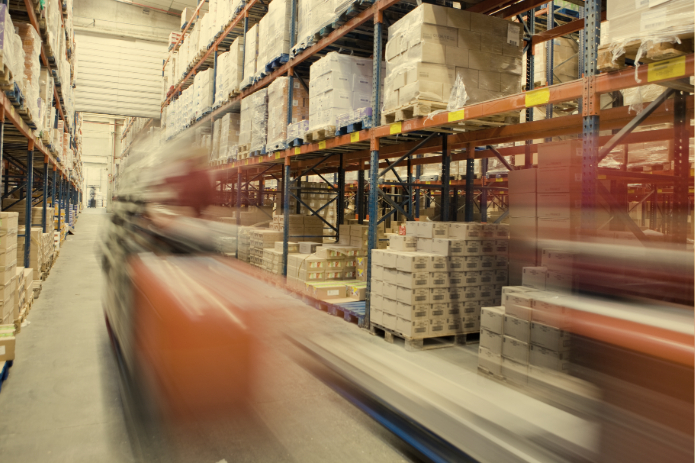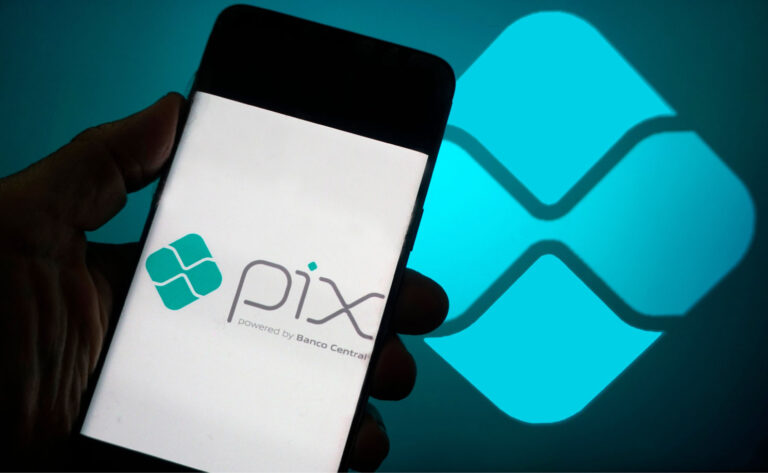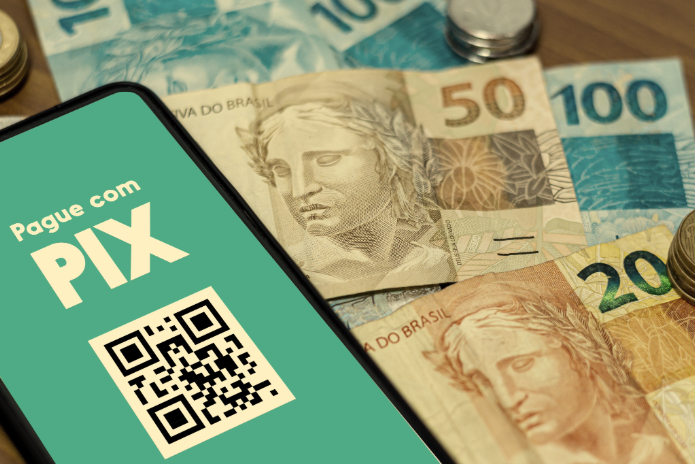The Latam Intersect PR report, titled “2025: The Future of Social Media Consumption in Latin America”the line between experience and consumption is becoming blurred.Facebook, YouTube, Instagram and TikTok are cited by respondents as popular alternative search engines to Google.
The survey found that 31% of respondents use Facebook to research products before purchasing them, 28,7% use YouTube, and 23,4% use Instagram.In addition, nearly a third (31,5%) of respondents claim to discover new products through video platforms such as YouTube (16,3%) and TikTok (15,2%).
When asked if they have used social networks as alternative search engines to Google, 30.4% of respondents said they have used Facebook, 28.5% YouTube, 22% Instagram and 11.3% TikTok. 1,800 consumers were interviewed in six of the main economies of the region: Argentina, Brazil, Chile, Colombia, Mexico and Peru.
“We are witnessing a revolution in e-commerce, where the boundaries between entertainment, socialization and shopping are dissolving rapidly. Social networks have evolved from simple channels of brand exposure to become complete purchasing ecosystems, requiring companies that aim for sales success to be increasingly digitally integrated”, says the co-founder from Boomer, a mining company specialized in intelligent solutions in digital marketing with a focus on performance, Pedro Paulo Alves.
Transformation in consumer behaviour
The report shows that social media has reached new levels of penetration both in terms of the number of Latin Americans online and the time they spend connected.
In addition, many of the most popular apps and platforms in the region such as Mercado Livre, WhatsApp, Pinterest and TikTok & I. D. are increasingly integrating social networking, ecommerce and payments features into a single interface, offering unparalleled convenience and new opportunities for brands to connect with users more seamlessly.
According to Eduardo Augusto, CEO of IDK, a consultancy specializing in marketing, communication and technology, this data reflects a significant change in the way people especially younger generations (consume content and make purchase choices. “Back behind these numbers, there is a profound transformation in consumer behavior, especially of Generation Z, which alone should move about US$167 billion in beauty spending, for example, by the end of 2025”, he highlights.
The power of user-generated content
The study points out that ads using UGC achieve a click-through rate (CTR) 4 times higher and a cost per click 50% lower than average. That is: as social media increasingly mixes with other forms of consumption, traditional paths such as SEO, Google and institutional sites, alone, become less effective at reaching consumers.
The contemporary consumer is not content just to see a product; he wants to understand how that item integrates with his lifestyle. The content generated by users and influencers provides an authentic perspective that traditional ads simply can not offer”, explains the expert.
For Eduardo Augusto, the role of influencers in this scenario is becoming increasingly relevant. “Influencer-led brands are growing at a rate of 32.8% per year, compared to only 5.9% in the traditional market.This disparity demonstrates the power of authentic connection that content creators establish with their audiences”, he states.
2Flywheel replaces the traditional funnel
The report also highlights how the new TikTok (continuous cycle) “flywheel model is redefining the consumer journey and brand engagement.The traditional funnel is evolving into a flywheel’, in which discovery, engagement and purchase merge fluidly, showing that brands can no longer rely solely on traditional search 'they need to be embedded in interactive spaces, turning curiosity into action, becoming an essential part of consumers' digital journeys.
“Social networks are no longer just channels of dissemination to become true marketplaces.The current consumer expects to discover, evaluate and buy products without leaving the” platform, says Pedro Paulo.
Instagram and YouTube lead in Brazil
The specific cutout about Brazil within the study shows that, in our country, 47.8% of respondents choose Instagram as their preferred social media platform, the highest percentage among the countries surveyed. 36.2% of Brazilians claim to use YouTube as an alternative search engine to Google.
In addition, 65.1% of Brazilian consumers claim to buy more online than in person, the highest percentage among the countries surveyed and well above the regional average of 40.5%.
This behavior of the Brazilian consumer is also reflected in the beauty market, a significant example of this transformation. Eduardo Augusto highlights that “o Brazil represented a particularly interesting case study, with its beauty market of R$140 billion growing at 8.7% per year, highlighting the potential of the country for social commerce strategies”.
According to the co-founder of Boomer, the Brazilian market has unique characteristics that make it extremely receptive to social commerce. “We are a young, highly connected population, who spend an average of 4.8 hours daily on social networks and value the opinion of their online community before making purchasing decisions. Companies that can create shopping experiences integrated into this social context will have a significant competitive advantage”, says Pedro Paulo.
Strategies for companies in the new digital landscape
To harness the full potential of social commerce, businesses need to move beyond simple social media presence.As social media platforms become alternative search engines, traditional routes like Google search and corporate websites become less effective at reaching consumers.
An interesting phenomenon observed by Eduardo Augusto is that “the success of these brands has almost zero correlation with conventional metrics, such as number of influencer followers, initial investment volume or intrinsic product quality.” This insight suggests that companies need to rethink their performance indicators and focus more on the quality of interactions than on the raw reach.
“O social commerce is not just a new sales channel, it is a complete reimagining of the shopping experience. Companies need to invest in technologies that eliminate friction between discovery and completion of the purchase.Each additional second in the process represents an opportunity for the consumer to give up”, adds Pedro.
Brands that can unify social behavior data with their CRM systems will have a more holistic view of the customer journey, allowing them to create truly personalized experiences.“This is the ideal time for companies to rethink their entire digital infrastructure to support this new reality where social, entertainment and commerce merge into a continuous and integrated” experience from Boomer.











